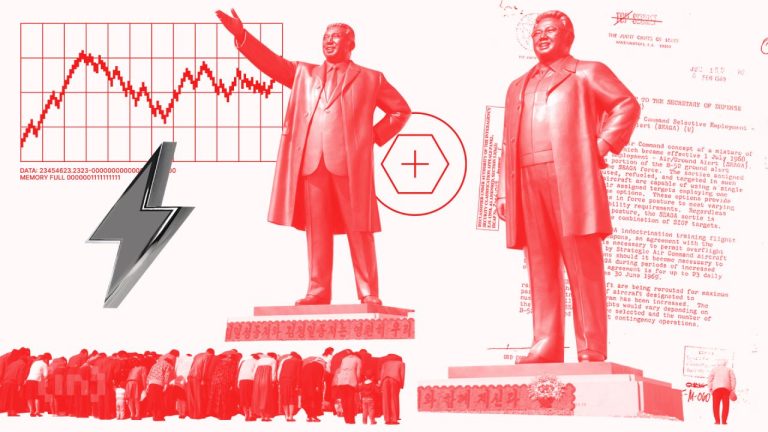
Unlocking Inner Peace: Effective Mindfulness Meditation Techniques
Takeaways: Mindfulness meditation is a powerful tool for reducing stress and improving mental clarity. In this article, we will explore various mindfulness meditation techniques, including breath awareness, body scan, and loving-kindness meditation, along with practical tips to incorporate these practices into your daily routine.
Mindfulness meditation has gained significant popularity in recent years as people seek ways to cope with the fast-paced world and increasing stressors of modern life. By focusing on the present moment and cultivating awareness, mindfulness meditation can lead to profound changes in our mental and emotional well-being. In this article, we will delve into various mindfulness meditation techniques, their benefits, and how to practice them effectively.
Understanding Mindfulness Meditation
Mindfulness meditation is a practice rooted in ancient Buddhist traditions, focusing on being fully present in the moment without judgment. This practice involves observing thoughts, feelings, and sensations as they arise, fostering a sense of acceptance and awareness. Research shows that mindfulness meditation can improve mental health, reduce symptoms of anxiety and depression, and enhance overall well-being.
One of the key components of mindfulness meditation is focusing on the breath. This technique allows individuals to anchor their attention, cultivating a state of calm and presence. As thoughts inevitably drift, practitioners learn to gently redirect their focus back to their breath, building mental resilience and clarity over time.
Popular Mindfulness Meditation Techniques
1. Breath Awareness Meditation
Breath awareness meditation is one of the most accessible forms of meditation. To practice this technique, find a quiet space, sit comfortably, and close your eyes. Bring your attention to your breath, noticing the sensation of the air entering and leaving your body. If your mind begins to wander, gently guide your focus back to your breath. Start with just a few minutes each day and gradually increase the duration as you become more comfortable.
This technique helps to ground you in the present moment, calming the mind and reducing stress. Studies have shown that regular practice of breath awareness can lead to lower levels of anxiety and improved emotional regulation.
2. Body Scan Meditation
The body scan meditation is a powerful technique that enhances body awareness and promotes relaxation. To perform a body scan, lie down comfortably and close your eyes. Begin by taking a few deep breaths, then bring your attention to your toes, noticing any sensations or tension. Slowly move your focus up through your body, from your feet to your head, observing how each part feels without judgment.
This practice encourages a deep state of relaxation and can help you identify areas of tension you may not have been aware of. Regular body scan meditations can lead to a greater connection with your body and improved overall well-being.
3. Loving-Kindness Meditation (Metta)
Loving-kindness meditation, also known as Metta meditation, focuses on cultivating feelings of love and compassion towards oneself and others. To practice this technique, sit comfortably, close your eyes, and take a few deep breaths. Begin by silently repeating phrases such as, “May I be happy, may I be healthy, may I be safe, may I be at ease.”
After a few minutes, extend these wishes to loved ones, acquaintances, and eventually to all beings. This practice fosters a sense of connection and compassion, reducing feelings of isolation and improving emotional resilience. Research has shown that loving-kindness meditation can significantly increase positive emotions and decrease negative feelings.
4. Mindfulness in Daily Activities
Mindfulness meditation doesn’t have to be confined to sitting on a cushion. You can incorporate mindfulness into your daily activities. Whether you’re eating, walking, or washing dishes, focus on the sensations and experiences of the moment. Pay attention to the taste of your food, the feeling of your feet on the ground, or the warmth of the water on your hands. This practice can transform mundane tasks into opportunities for mindfulness, enhancing your overall experience of life.
Tips for Effective Mindfulness Meditation
To make the most of your mindfulness meditation practice, consider the following tips:
1. Create a Dedicated Space: Find a quiet, comfortable place where you can meditate regularly. This helps signal to your mind that it’s time for mindfulness.
2. Start Small: If you’re new to meditation, start with just a few minutes each day. Gradually increase the time as you become more comfortable with the practice.
3. Be Patient: Mindfulness is a skill that develops over time. Be patient with yourself, and don’t judge your thoughts or feelings during meditation.
4. Use Guided Meditations: For beginners, guided meditations can be very helpful. There are many apps and online resources available to assist you in your practice.
5. Practice Regularly: Consistency is key in mindfulness meditation. Strive to practice daily, even if just for a few minutes, to reap the benefits.
By incorporating these mindfulness meditation techniques into your routine, you can cultivate a greater sense of peace, reduce stress, and enhance your overall mental health.





